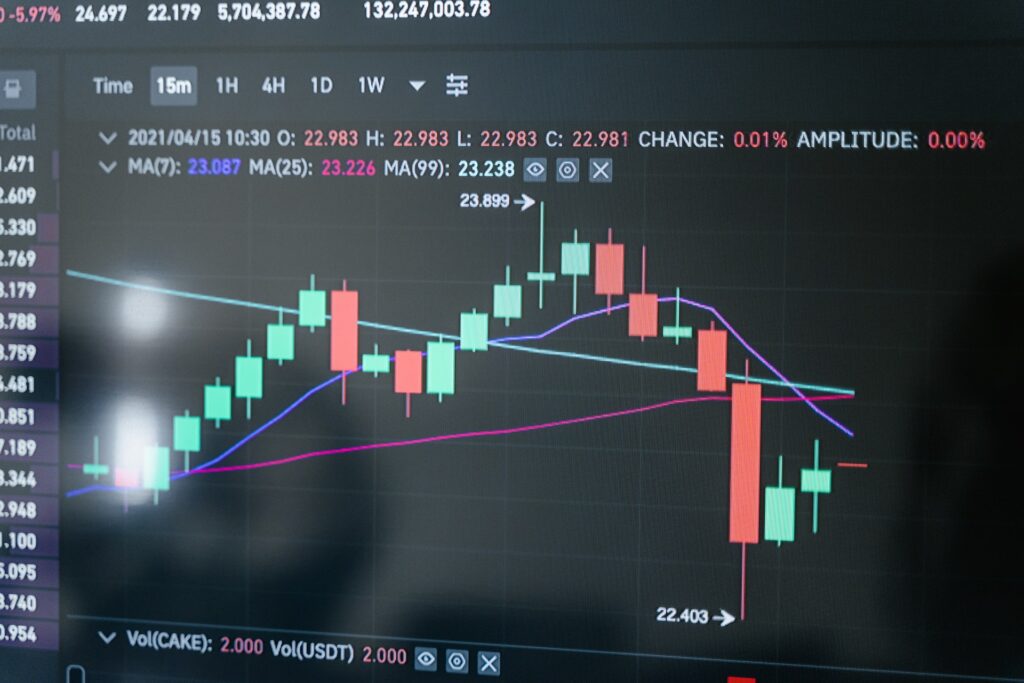
Security Analytics: Definition And Exploration
Table of Contents
What Is Security Analytics?
Security analytics is a crucial part of any organization’s security strategy. It is used to protect vital infrastructure and data. The main benefits of security analytics are cost savings, better protection, and scalability. These technologies analyze vast amounts of data and provide powerful security measures. These solutions are available in a wide range of types, including SIEM and log analytics.
Security analytics connects diverse data sources to deliver a unified view of events and security threats. By identifying and monitoring suspicious activity, security analysts can prevent and detect breaches before they can be exploited. In addition, they can provide insight into known insiders and suspicious activity, enabling organizations to take proactive measures to protect their systems.
Security analytics is also useful for ensuring regulatory compliance. Some regulations require that data activity and logs be monitored for forensic purposes. By using these analytics tools, compliance managers can get a comprehensive view of all data events, helping them identify potential non-compliance issues. The resulting reports can be used to monitor compliance processes and prevent future breaches.
The Uses For Security Analytics
Security analytics can help organizations with a variety of security issues. It can be used to detect and analyze malware attacks, as well as identify the source of network traffic and user activity. It can also be used to help comply with regulatory requirements. In this article, we’ll explore the uses of security analytics and some of the key technology involved.
Data Correlation
Data correlation for security analytics is an important step in the fight against cybercrime. Currently, most of the available methods are ad hoc. One of the most promising approaches is to identify patterns and features in raw data that match a predefined template. Statistical correlation is one way to achieve this.
It’s important to note that data correlation is not the same thing as data aggregation. Aggregation involves collecting as much data as possible. This is a prerequisite to effective data correlation. Data correlation is often synonymous with the idea of data fusion, which is a common term in military circles. It is the correlation of different types of data across different time and space dimensions.
Machine Learning
Machine learning is an increasingly popular tool for security analytics and threat detection. With an increasing number of devices connected to the internet and vulnerable to cyber attacks, machine learning has become an essential tool to combat these threats. Cloud computing and the Internet of Things are prime targets for attackers and securing these systems is a critical challenge for security practitioners. While traditional antivirus software can detect threats, machine learning can detect patterns that would otherwise go undetected.
While the benefits of machine learning for security analytics are many, there are still some challenges that arise. First, there are false positives to consider. Machine learning systems are often not very accurate and can generate false positives. This is a major time and productivity drain. Secondly, there is often insufficient data.
Threat Detection
Security analytics can help your organization identify a wide range of threats. They can help you determine if an attack is real or not, and which threats are the most severe. They can also help you prioritize alerts according to risk. These analytics can be applied to endpoints, network traffic, and even employee behavior.
Threat detection is a complex process that requires a combination of human and technological resources. The human element of the process includes security analysts who analyze data to determine if it contains an anomaly. Technology plays a major role in this process, but it’s by no means a panacea. Security analysts and security analytics software should work together to create a network-wide net that can identify threats.
Compliance With Regulatory Requirements
Compliance with regulatory requirements for security analytics is a critical part of the cyber security process. As new regulations are implemented every year, it is imperative to keep up with them. Noncompliance can result in fines of up to $7,500 per record, and many large data breaches have affected tens of millions of records. Fortunately, there are many ways to mitigate the risks involved in these breaches, and security analytics can help organizations do just that.
The best way to avoid potential risks and ensure regulatory compliance is by documenting your security analytics and compliance activities. This helps you meet the rigors of compliance regulations and ensure that your company’s security program is effective. Documenting your processes and policies will help you avoid various risks and pitfalls, including the possibility of duplicated versions of documents.
Costs
There are many different costs associated with security analytics. These costs vary depending on the platform, SIEM, log analytics, and duration of data retention. These factors can influence the size and scope of the budget for a given platform. Fortunately, there are ways to get a good price for security analytics without sacrificing functionality.
Security analytics can help businesses protect themselves from cyber threats. While small businesses cannot afford $100,000 or more for security, they can find a suitable solution for less than ten thousand dollars. However, the cost of a security assessment for a website will vary widely based on the complexity of the data and how advanced the organization is.
Also Read: Tableau: The Global Standard for Consultancy Analytics in the business
The Bottom Line
The primary goal of security analytics is to transform raw data from disparate sources into actionable insights. Security analytics tools help organizations identify potential threats by correlating alerts, activities, and user behaviors. This can help prevent data exfiltration by hackers and protect users from submitting sensitive information to unauthorized sites.

